Baiting bears is a rewarding experience, and if you follow the advice to come, chances are good you’ll end your trip at full draw on a bruin.
I will be the first to admit that bowhunting bears over bait isn’t my favorite method for harvesting a springtime bruin unless, of course, I set the bait.
Let me explain.
It’s not because bowhunting spring bears over bait isn’t exciting — it certainly is — especially when one puts his front two paws on the bottom step of the tree you’re bowhunting from. If bears are active and the bait is hot, action is typically pretty solid, and you get the opportunity to look at a lot of different bears and size those bears up.
My problem is the lack of work I have to put into the process. When I show up to hunt, baits are already running, and trail cameras show bruins hitting them; I feel more like a trigger man than a hunter. What I love about springtime bear hunting over bait is the process. I love picking a bait site, setting it up, keeping it going, and using trail cameras to show me if my daily treks with oil-drenched dog food and sweets are paying off.
By the way, dog food drenched in used cooking oil is my go-to bait. It’s light and easy to haul. I will add a few donuts and sweets from time to time. Buy the cheapest dog food available and visit local restaurants and ask if you can haul off their used cooking oil. It won’t be such an all-at-once investment if you store up bait over time. Also, don’t show up for your bear hunt expecting to find bear bait in town. Unless you’ve made arrangements, bring your bait with you.

Few things are better than a public-land baited bear hunt if you’re in the mood for a springtime bowhunting adventure.
The Logistics
The where part of the equation isn’t tricky — rally some bowhunting brothers and start scheming. Some of my favorite western states to bait bears on public land include Idaho, Wyoming, and Utah. Be sure to visit each state’s fish and wildlife website to read up on rules, regulations, applications, OTC, etc.
Once you’ve decided on a location, punch in HuntStand, onX, or another trusted digital scouting app into your computer, tablet, or smartphone. The first thing I look for is access. Bear baiting has gotten popular on public dirt, so I look for long ridges and saddles between ridges off the beaten path. Keep prospecting if the map shows you can drive a four-wheeler within 1/4-mile of your bait site. I like to find locations that require a bait haul between 3/4- and 1-mile from any two-track vehicle use road.
Yes, this means you’ll have to tote bait in 5-gallon buckets or a pack on your back a greater distance, but it also increases the chances of finding solitude and unpressured bears.

I prefer the long ridges that run out on a point with deep canyons dropping to either side so the scent of the bait can ride on mountain winds and thermals and be pulled down into these canyons. One of the most challenging aspects of a DIY bear-baiting mission is getting bears to find the bait, and it’s not as easy as outdoor television makes it look. Find a few of these locations on your mapping system, drop a pin, and you have a starting-off point when you arrive.
I also like saddles that connect drainages or mountain basins. Like elk and mule deer, bears will use these saddles as travel corridors, which increases the likelihood of a bear finding your bait.
Also, keep an eye out for water when prospecting for bait sites. Some states limit how far you can bait off a stream or river, so be sure and do your research, but most have no regulations about setting up near a pond or spring. Bears have to drink, and if you find good terrain features near a water source, it ups your odds.
When you arrive for your hunt, inspect each marked location before hauling bait in. Some areas will be all you hoped for, and others may be a bust for reasons you can’t see on a map.
With boots on the ground, keep an eye out for bear scat, tracks, and hair. Bears love to rub and scratch on trees. If you start coming across a bunch of bear sign, find a good spot to place a bait and set up.
Build It
Most DIY bear hunters that hunt off the beaten path don’t use barrels. Barrels are heavy and require serious effort unless you have a string of pack mules. I like to build a crib for my bait.
When you find an area you plan to set a bait, look for a fallen tree that has created a natural hole where the roots came up or a good pile of downed timber. A couple of fallen pines on top of each other that make a solid back wall but are elevated off the ground slightly in front work great for a crib, too.

Wear gloves and clean the area of debris. Next, create a funnel and place the bait in the hole, under the logs, and any location that will make bears have to work hard to get at it. Once the bait is placed, cover it with heavy logs, pine boughs, etc..
Where legal, I like to place cameras over my bait piles, but be sure to put them in a bear-proof box, which most game camera manufacturers sell, and lock them down tightly.
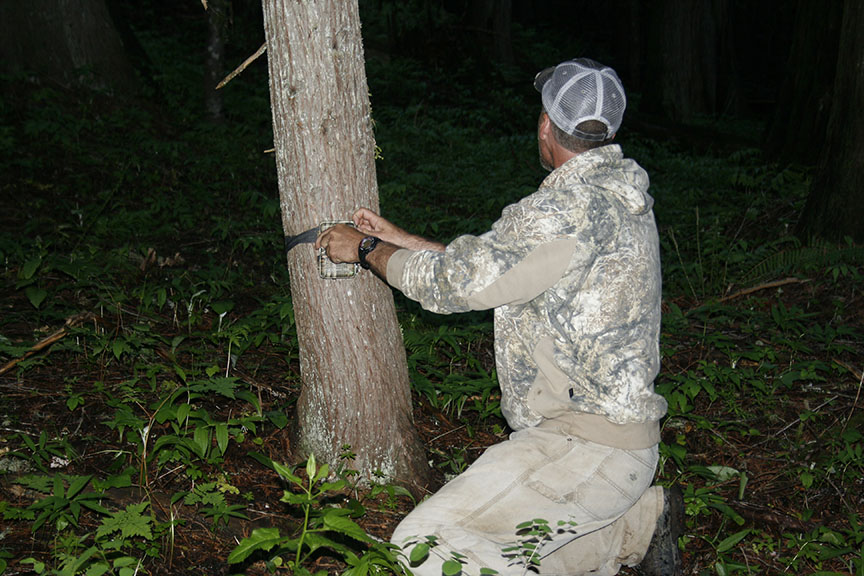
Set It
I like a lightweight lock-on stand and climbing sticks, but climbers will work in some locales, and if you’re a saddle hunter, a saddle will suffice.
I have hunted bears from the ground in Alberta and Saskatchewan from natural ground blinds but have had little luck with this tactic in the states on public land. I prefer to check the prevailing mountain winds and set a stand within 20 yards of the bait. It’s important to remember that mountain thermals travel downward in the morning and evenings and upward during the middle portion of the day when the air warms. This does make it difficult, especially on super calm days, so take all the scent precautions you can.
Also, pay attention to trails that lead to and from the bait site. Bears have established routes, often referred to as pad trails. Bears use these trails to approach rubbing trees, old bait sites, etc. If you notice a pad trail, don’t set your stand right on top of it.
Relax
To be successful on a DIY spring bear mission, one thing you must have is time. I don’t sit a bait until that bait gets hit by a bear, which can happen quickly, or it may take a few days.
When a bear hits the bait, refresh that bait as soon as possible, avoiding doing so when a bear may be on the bait. I like to let the bear hit the bait twice before going in for a sit.
Once you’re in, stay focused. Bears make very little noise approaching the bait, and it doesn’t seem to matter how quiet you are or the scent precautions you take; they seem always to know you’re there. It’s a little creepy how smart they are. What you have working in your favor is hunger, and later in June, when sows start coming in, boars will tail them recklessly.
The Shot
Bears have odd-shaped bodies, and you’ll want to do some online looking at bear vitals and where they sit before your hunt. Bears have small lungs, and death will be almost immediate if you hi those lungs. I’ve run carbon through a bear’s lungs, watched the bear take three steps, and die. A heart shot is also lethal, but I like the center of the lungs.

Bears don’t always moan before they die. Moaning is a bonus, and if you hear it, you know what it means. If you don’t hear it and feel you made a lethal shot, approach with extreme caution. A wounded bear is nothing to trifle with. If the shot is marginal, give the bear plenty of time before taking up the trail, and be sure to have some help along.
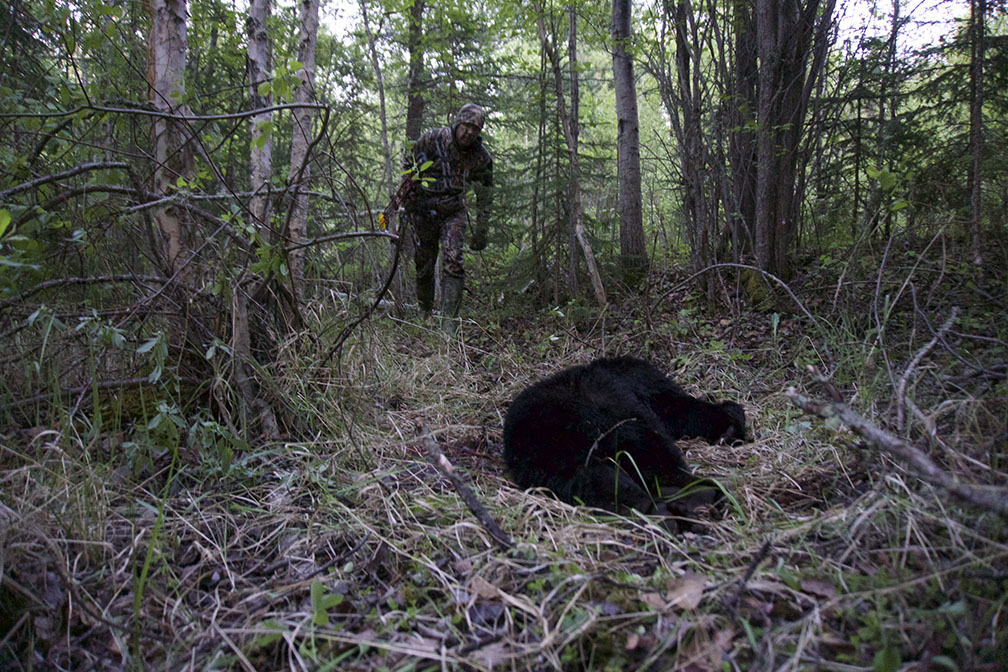
Spring bear hunting is a great tradition and a super fun experience you’ll want to do again and again if you do the process yourself from start to finish.

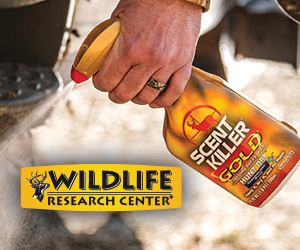
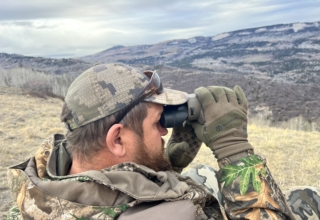

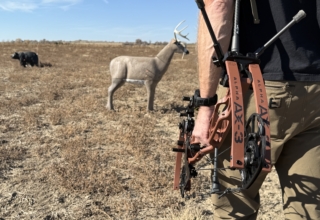
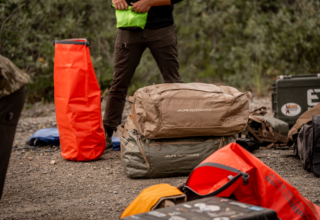
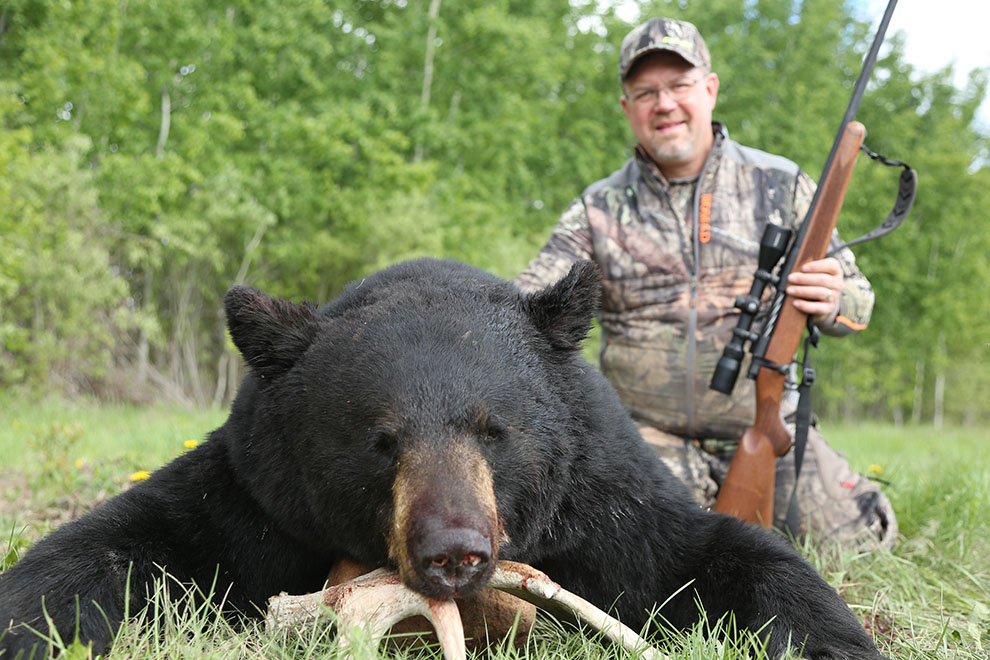

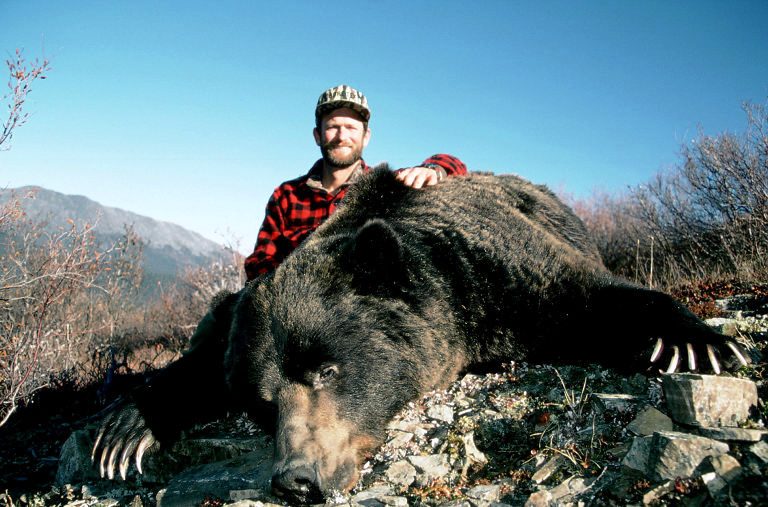
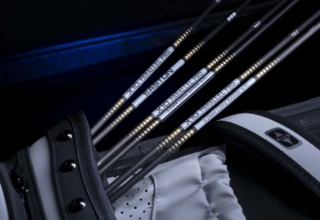
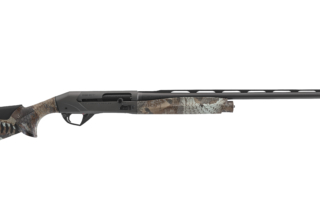


abrir uma conta na binance
July 13, 2024 at 10:05 am
Thank you for your sharing. I am worried that I lack creative ideas. It is your article that makes me full of hope. Thank you. But, I have a question, can you help me?
Vytvorit osobn'y úcet
August 16, 2024 at 5:51 am
Thank you for your sharing. I am worried that I lack creative ideas. It is your article that makes me full of hope. Thank you. But, I have a question, can you help me?
LAZYWIN888 ศูนย์รวม พนันออนไลน์ทุกรูปแบบ
September 27, 2025 at 11:28 pm
… [Trackback]
[…] Read More to that Topic: bornhunting.com/the-bear-baiting-411/ […]
Hit789
September 27, 2025 at 11:41 pm
… [Trackback]
[…] Read More here on that Topic: bornhunting.com/the-bear-baiting-411/ […]
essentials
September 27, 2025 at 11:55 pm
… [Trackback]
[…] Read More Information here to that Topic: bornhunting.com/the-bear-baiting-411/ […]
ole777
September 30, 2025 at 5:06 am
… [Trackback]
[…] Find More Info here to that Topic: bornhunting.com/the-bear-baiting-411/ […]
บูธผ้า
October 10, 2025 at 2:05 am
… [Trackback]
[…] Information to that Topic: bornhunting.com/the-bear-baiting-411/ […]
บุหรี่นอกราคาถูก
October 20, 2025 at 10:55 pm
… [Trackback]
[…] Read More Info here to that Topic: bornhunting.com/the-bear-baiting-411/ […]
love vegas casino
October 23, 2025 at 3:40 pm
… [Trackback]
[…] Read More Information here to that Topic: bornhunting.com/the-bear-baiting-411/ […]
เว็บตรงฝากถอนง่าย
October 24, 2025 at 12:20 am
… [Trackback]
[…] Read More here to that Topic: bornhunting.com/the-bear-baiting-411/ […]
ร้านขายเครื่องมือช่าง
November 5, 2025 at 12:08 am
… [Trackback]
[…] Read More on that Topic: bornhunting.com/the-bear-baiting-411/ […]
นำเข้าพัดลม มอเตอร์
November 25, 2025 at 10:57 am
… [Trackback]
[…] Info on that Topic: bornhunting.com/the-bear-baiting-411/ […]